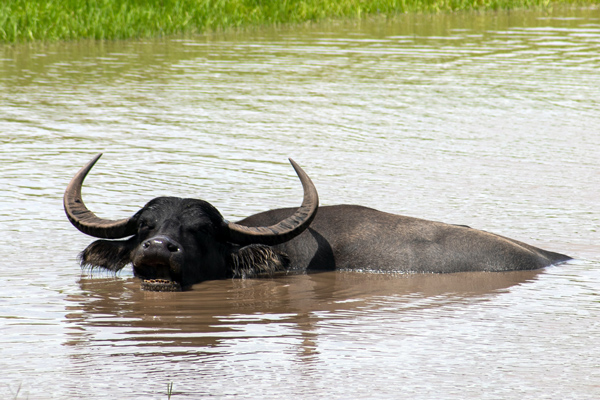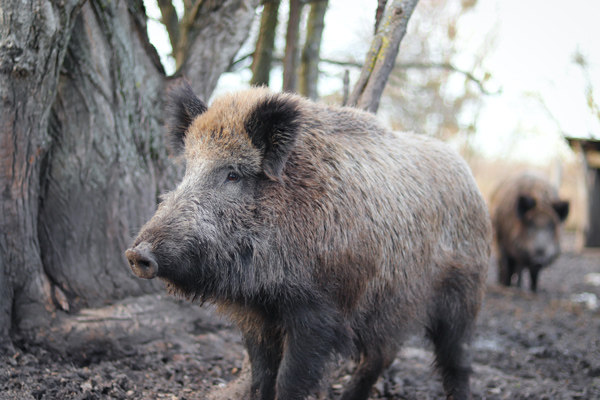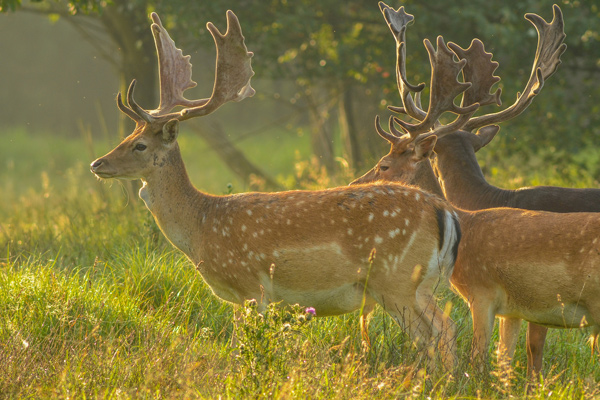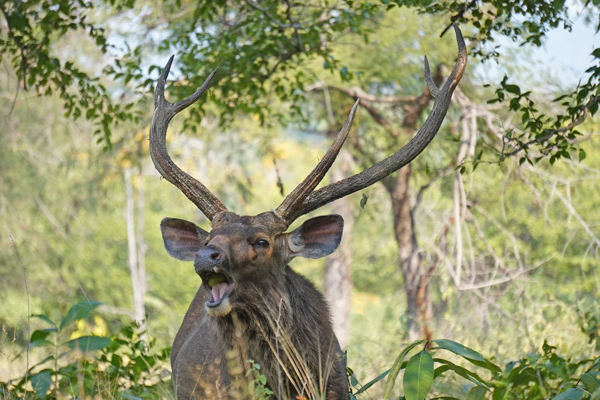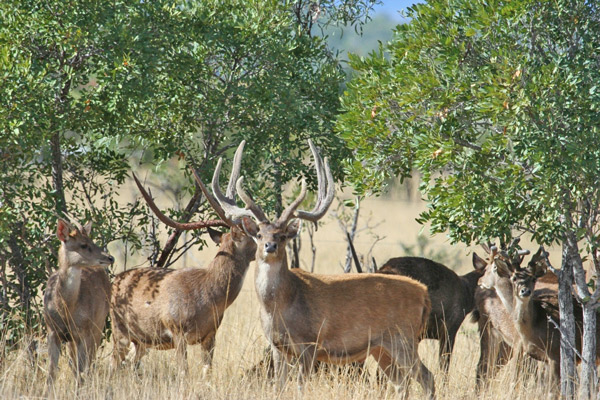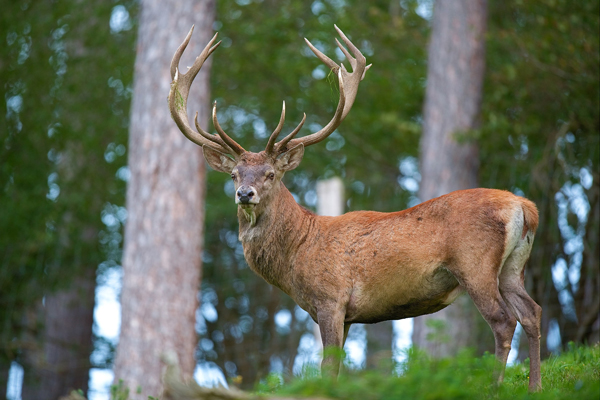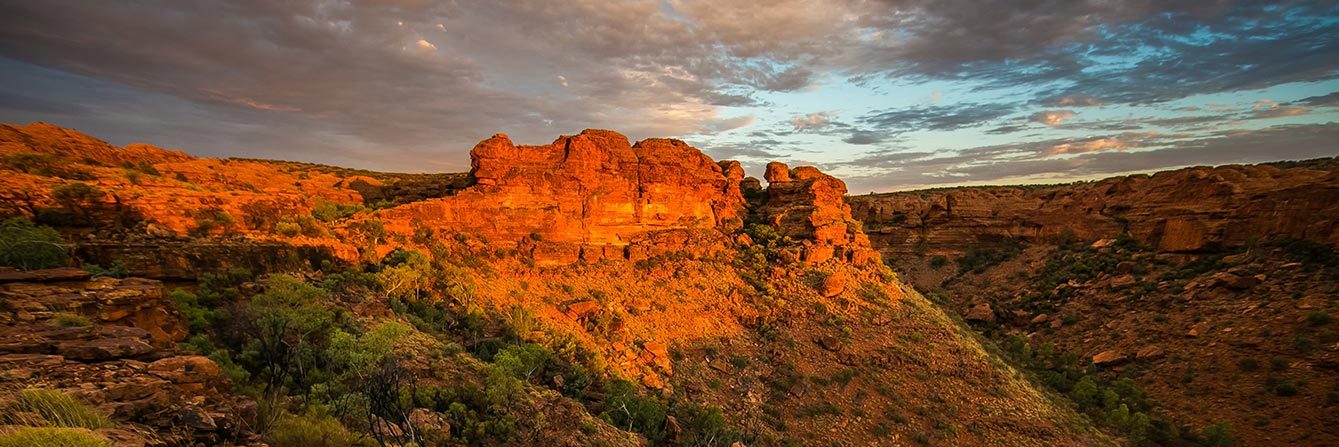
Australia ranks as one of the best places to live in the world by all indices of income, human development, healthcare and civil rights. The sixth-largest country in the world by land mass, its comparatively small population is concentrated in the highly-urbanised east of the Australian continent. Aboriginal Australians, who had inhabited the continent for tens of thousands of years prior to British colonization, currently make up less than 3% of Australia’s approximately 23 million people.
The political entity that is modern Australia began to come into being with the arrival of British settlers in 1788. Many of the first settlers were convicts, but freemen started to arrive in increasing numbers after the discovery of gold in the mid-19th century. Originally composed of six separate colonies of the British Empire, Australia’s path to independent statehood began with the formation of a federal state in 1901 and was largely complete by World War II. The last few remaining constitutional links with the United Kingdom were severed in 1986, although Australia remains part of the Commonwealth, and The Queen is the head of state, represented by a governor-general.
General info
- Total land area:7.69 million sq. km
- Official Languages: English
- Average annual rainfall:
80% of the land receives less than 600 mm (24 in) of rainfall annually and 50% has even less than 300 mm (12 in). As a whole, Australia has a very low annual average rainfall of 419 mm (16 in).
Available species
- Water Buffalo – Trophy & non-trophy
- Wild Boar – Trophy
- Other Wild Pigs
- Scrub Bull (Wild Ox)
- Banteng
- Axis Deer
- Fallow Deer
- Javan Rusa Deer
- Moluccan Rusa Deer
- Red Deer
- Sambar Deer
